The Australian Energy Regulator (AER) has tweaked the Default Market Offer (DMO) for 2024/25. But what exactly is the DMO, and why should you care?
The DMO: Your electricity safety net
Think of the DMO as a price cap. It’s the most an energy retailer can charge you if you haven’t actively chosen a better energy plan (called a ‘market offer’). It’s meant to help people who don’t have the time or knowledge to shop around (though it often means they pay more, earning it the nickname “the lazy tax”).
The good (and not-so-good) news
The updated DMO prices are set to be slightly lower than what we saw this year – up to a 7% decrease for homes and 9% for small businesses, depending on where you live.
That’s welcome news, but remember, prices overall have skyrocketed. This year’s price was 40% more than it was two years ago, so even with a slight drop, bills remain historically high.
What’s more, the DMO is generally more expensive than the deals you’ll find if you look around. This is because energy retailers are free to offer prices below the DMO to increase their competitiveness, and many do.
According to Energy Magazine, the median market offer has dropped by between 1% and 5% across most electricity distribution zones since December 2023, and the most competitive market offers are now between 18% and 23% below the DMO price.
And Brendan French, CEO of Energy Consumers Australia, notes that 47% of all residential customers were on plans that were equal to or greater than the DMO.
Meanwhile, wholesale electricity prices are falling due to increased renewable energy generation and changing consumer behaviour. Households and businesses that can align their energy use with renewable generation hours and move to a wholesale tariff will see significant savings on their energy costs and carbon footprints.
Loyalty means little
If you’ve been with your current energy provider for a while, there’s a strong possibility that you’re paying more for electricity than you should. This is because retailers entice new customers with low-cost deals and discounts, only to switch them to more expensive plans after their current contract expires.
So, if you’ve been with your retailer for more than a year, it’s worth shopping around and comparing energy plans, either through the government’s Energy Made Easy website or by requesting a better energy deal through EnergyFlex.
Switching providers is quick and easy, and you can change as often as you like.
Ditch the DMO: Save money and lower emissions
The DMO is helpful for comparing deals, but it’s not the key to your lowest bill, and there are better ways to figure out how much you’ll actually pay.
For example, the ‘annual price of electricity’ mentioned for each distribution region varies depending on how much electricity is used and when it is used.
That’s why understanding how and when you use energy empowers you to find a plan that suits your needs and helps you:
-
- Save money: Find plans tailored to your usage patterns, especially if you’re on a time-of-use tariff.
- Reduce emissions: Make smarter choices about when you use energy, which can translate to lower carbon emissions.
EnergyFlex helps you see beyond the DMO. We analyse your energy habits, find a plan that suits the way you use electricity, and help you get the most value out of your Energy Asset.
This information puts you in the best position to cut costs and carbon emissions, no matter what the DMO does.
Create your free account today.
